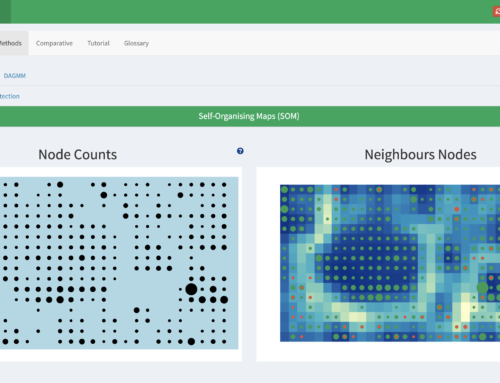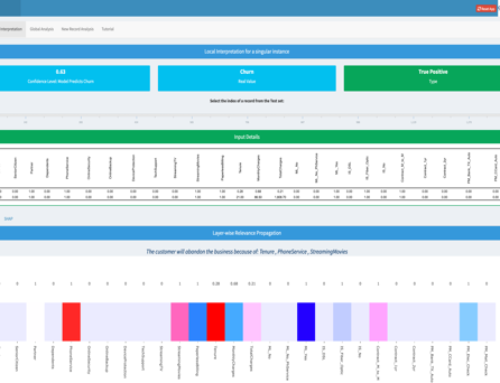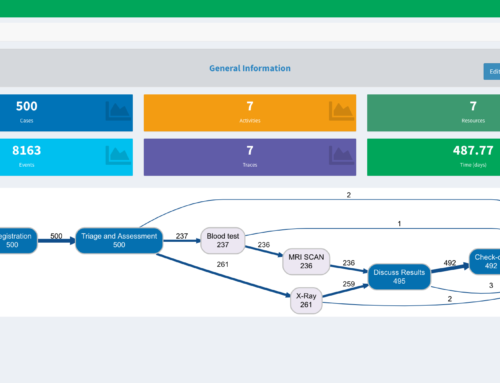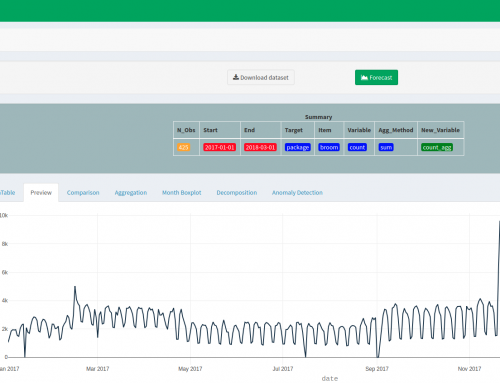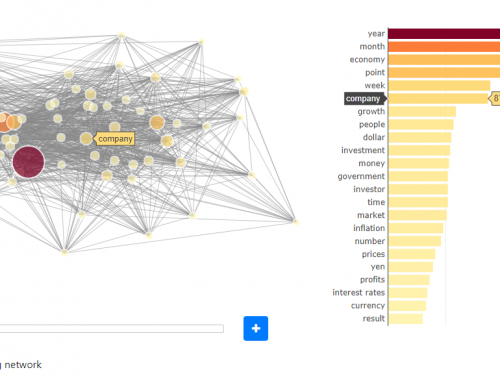Project Description
MARKET NEED
Locations with greater footfall attract more customers and are likely to be more profitable, especially when new locations fill gaps in the existing network, and provide access to key demographics.
By applying machine learning techniques to open spatial and temporal datasets, CrowdTrack provides spatiotemporal estimates of pedestrian concentrations.
TECHNOLOGY SOLUTION
PEDESTRIANS | USER AND CENSUS DATA
CrowdTrack allows users to gain insight into:
- when and where urban crowds tend to form
- spatial and temporal variations in user datasets, such as differences in store performance or timing of peak sales according to location
- desirable locations for new stores or ads, based on footfall, Census data, and existing locations
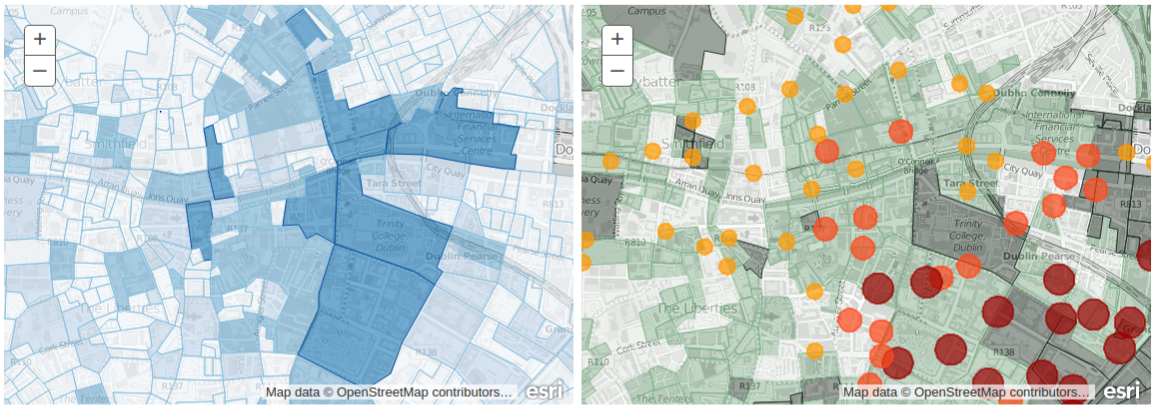
WORK FLOW
- Users upload .csv files indicating time series observations at specific locations (e.g. sales, customers, etc.), or coordinates of many locations.
- User data are displayed on a map of pedestrian concentrations and socioeconomic data.
- Users can zoom, pan and select regions and time periods over which all datasets are displayed.
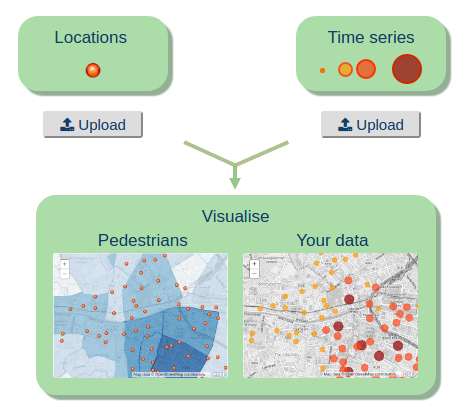
RESEARCH TEAM
- Dr. Kristina Luus, Dublin Institute of Technology
- Dr. Sarah Jane Delany, Dublin Institute of Technology
- Camille NadalUniversité Paul Sabatier de Toulouse (France)
- Dr. Caroline Maillet, Dublin Institute of Technology
- Marek Bielik, Dublin Institute of Technology




